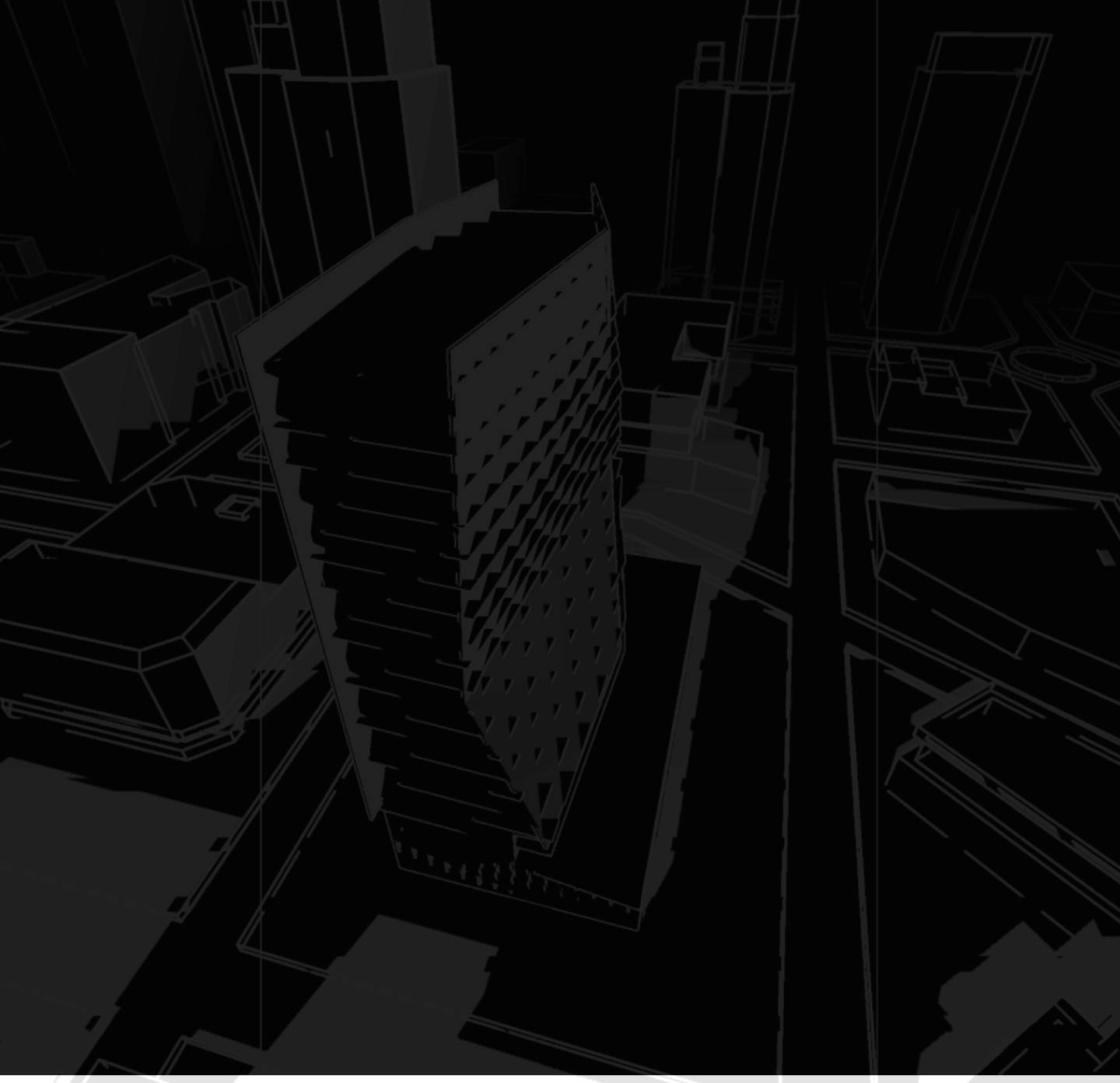The 2030 Commitment is an initiative to make all new buildings, developments, and renovations carbon-neutral by the year 2030.
There are many misconceptions about what this commitment means; how to get involved; and how to effectively achieve these goals.
Here are the top four most common myths about the AIA 2030 Challenge you need to know:
1. “It costs money to sign up for the commitment.”
The 2030 commitment is completely free. To join, you simply fill out basic information about your firm through the 2030 DDx and upload a commitment letter signed by your firm’s leadership. The American Institute of Architects (AIA) also requires firms to create a Sustainability Action plan within six months of signing up to develop a solid strategy for your firm.
2. “I’ll get into legal issues revealing information about my projects.”
In 2014, the AIA started a data collection effort called the Design Data Exchange or DDx to record the progress firms made to reach the 2030 commitment. Some architects are concerned about reporting their projects on the DDx for fear of revealing sensitive information about the projects they are working on, especially if the project isn’t performing where they think it should be or where other projects and firms are.
Internally, you may use your project numbers and project names to help identify what your reporting, but when you report this information to AIA, it is all anonymized. There is no issue of comparison between firms or sharing proprietary information about your client’s projects.
3. “100% of my projects must be reported and meet all percent reductions.”
The challenge to reach zero carbon by 2030 seems like a massive goal to achieve, and there is the perception that you may come up short. People who are developing and designing projects want success, but the idea that they must meet these targets perfectly for every project simply isn’t true.
The purpose of the AIA Architecture 2030 commitment is not to pass judgment or rank projects or firms on how well (or not so well) they are meeting these goals. It is all about getting started. The idea is to learn where you are and put in the work to continuously improve. In this process, everyone learns and grows both internally as a team as well as from other firms within the 2030 community. It is all about progressing together.
4. “2030 Data Collection is extremely time consuming.”
We can all agree design teams and project managers have a lot on their plates and adding the process of 2030 data collection on top of this sounds like a tedious and time-consuming endeavor.
With analysis.tool's project.assist, we gather the information for you and upload to DDx. All you have to do is hit "submit" on the site. project.assist even calculates the predicted Energy Use Intensity (pEUI) and Baseline EUI for a single project phase, simplifying your annual 2030 project reporting and helping your firm meet the 2030 commitment with ease.
